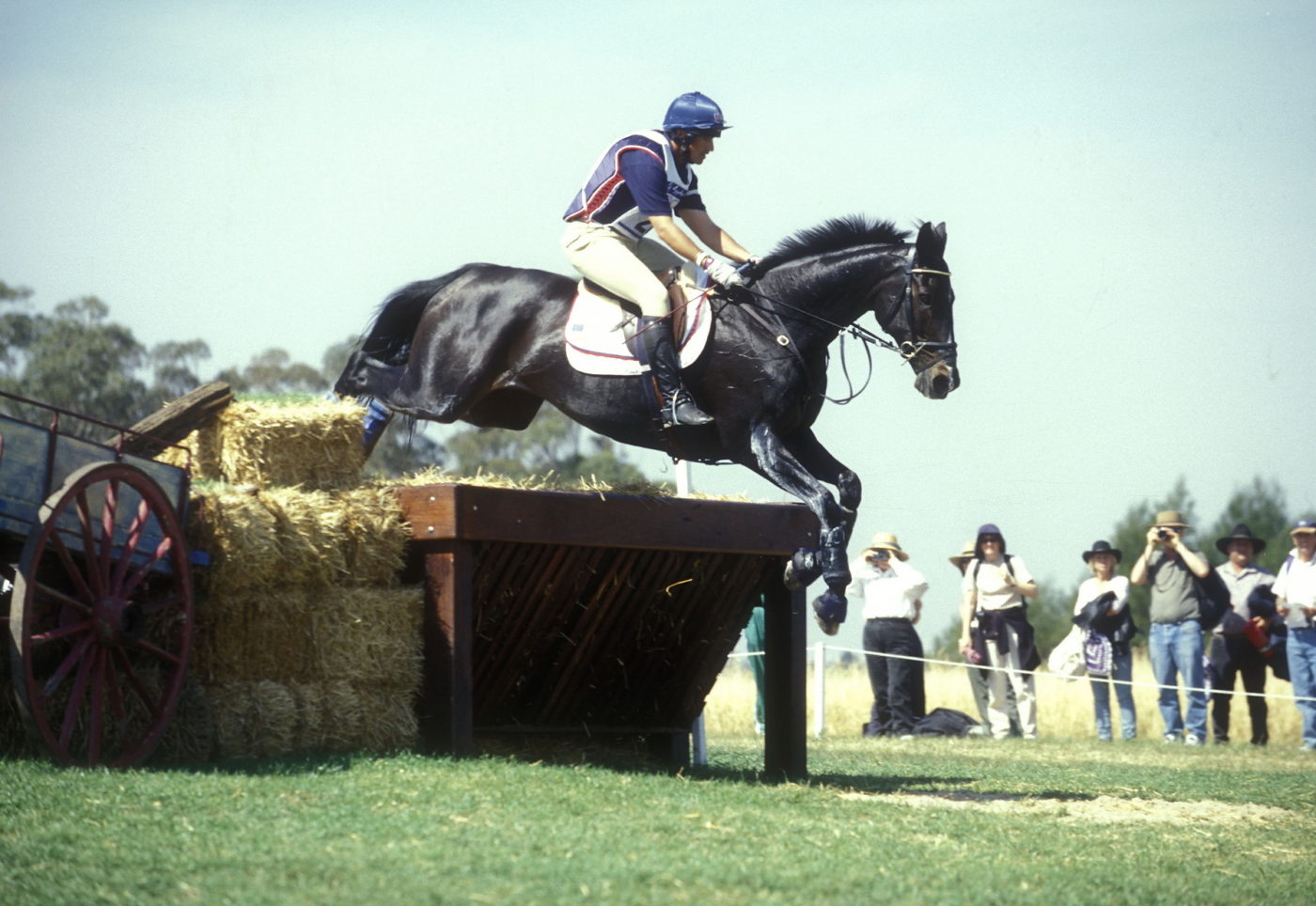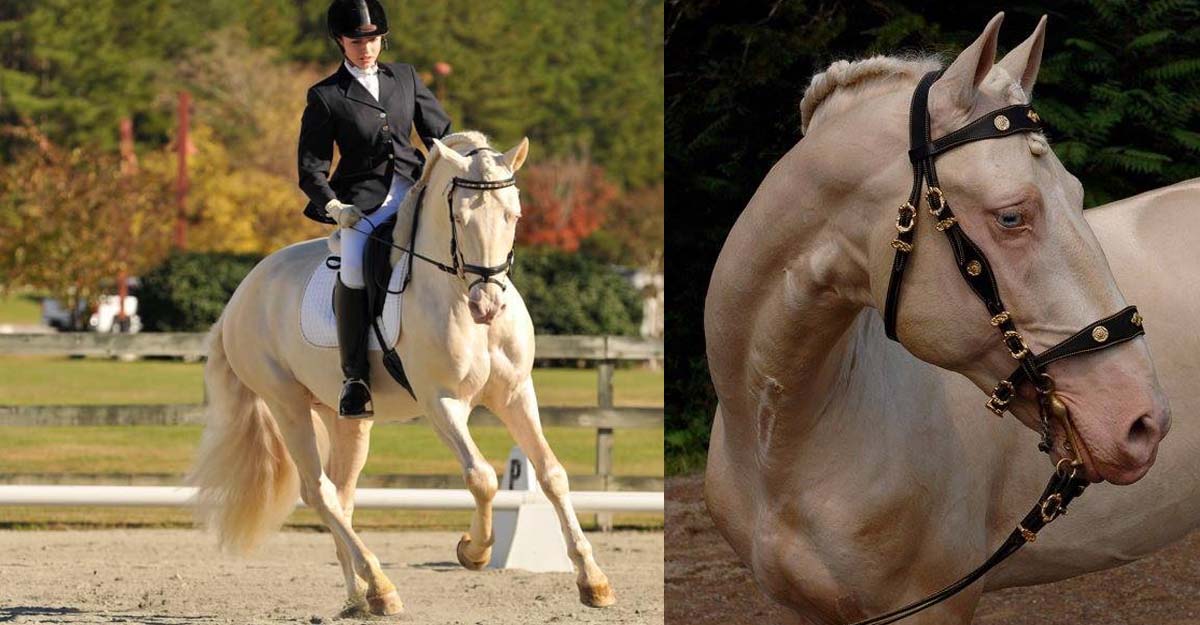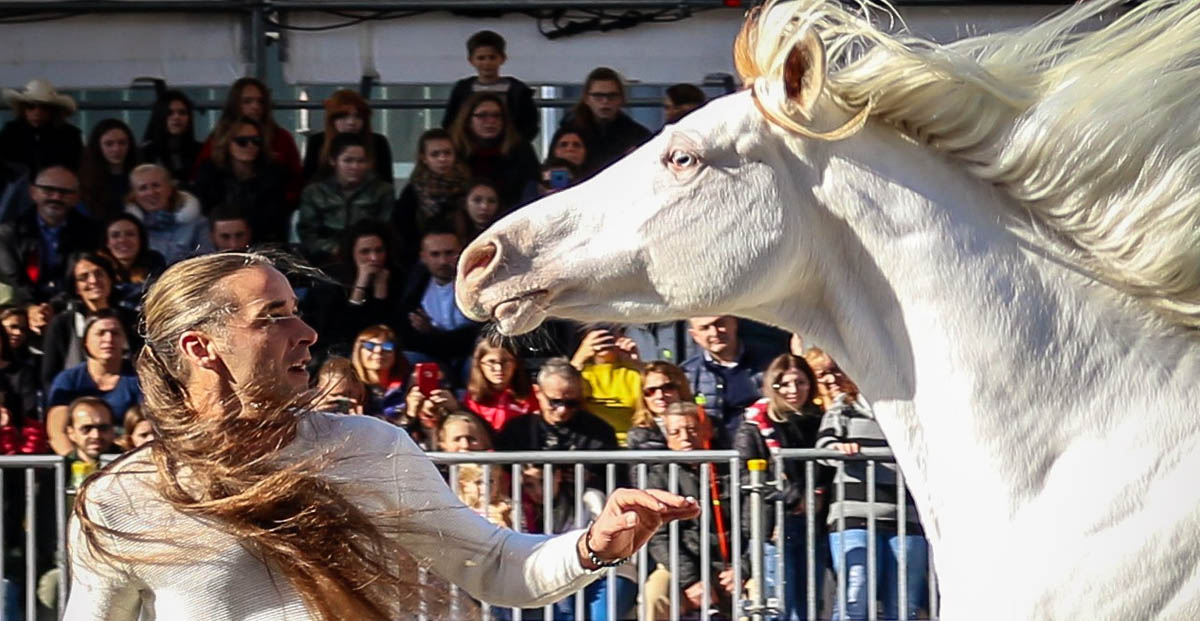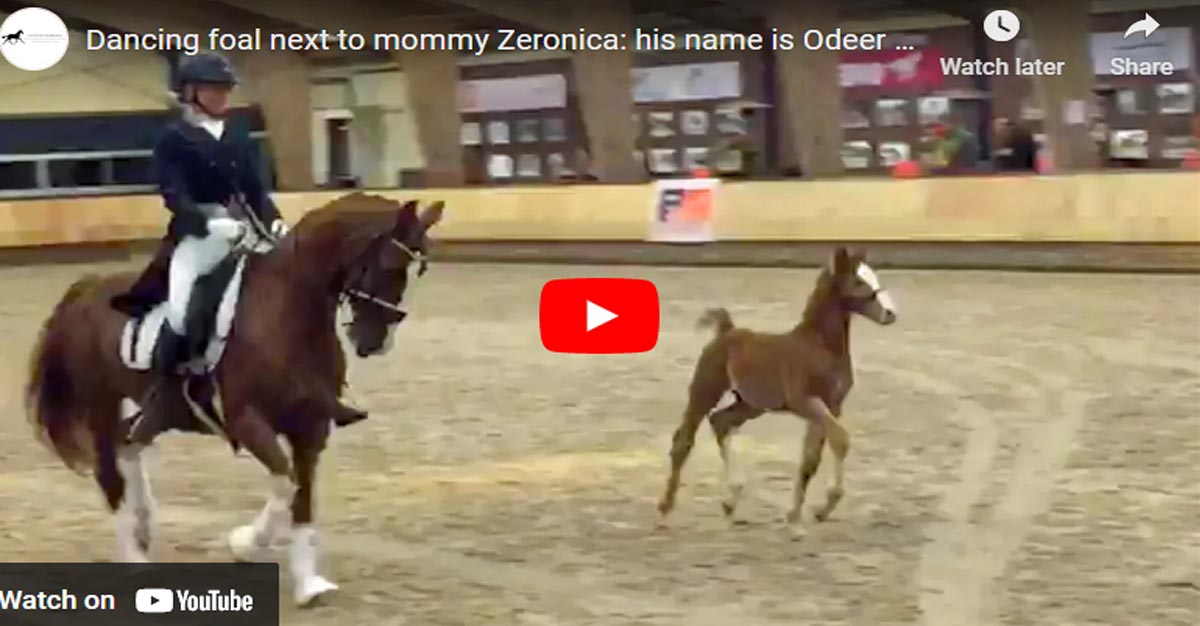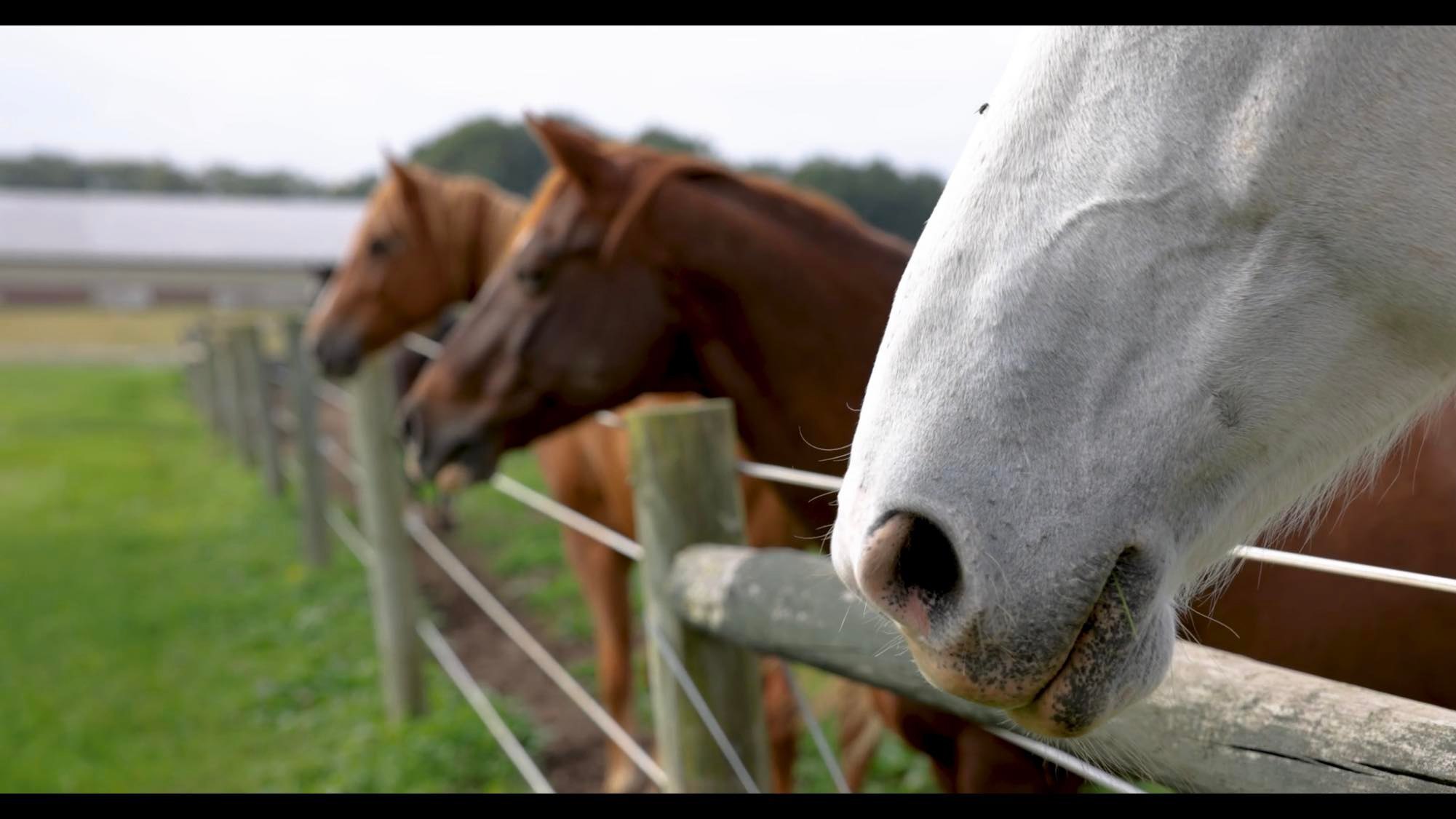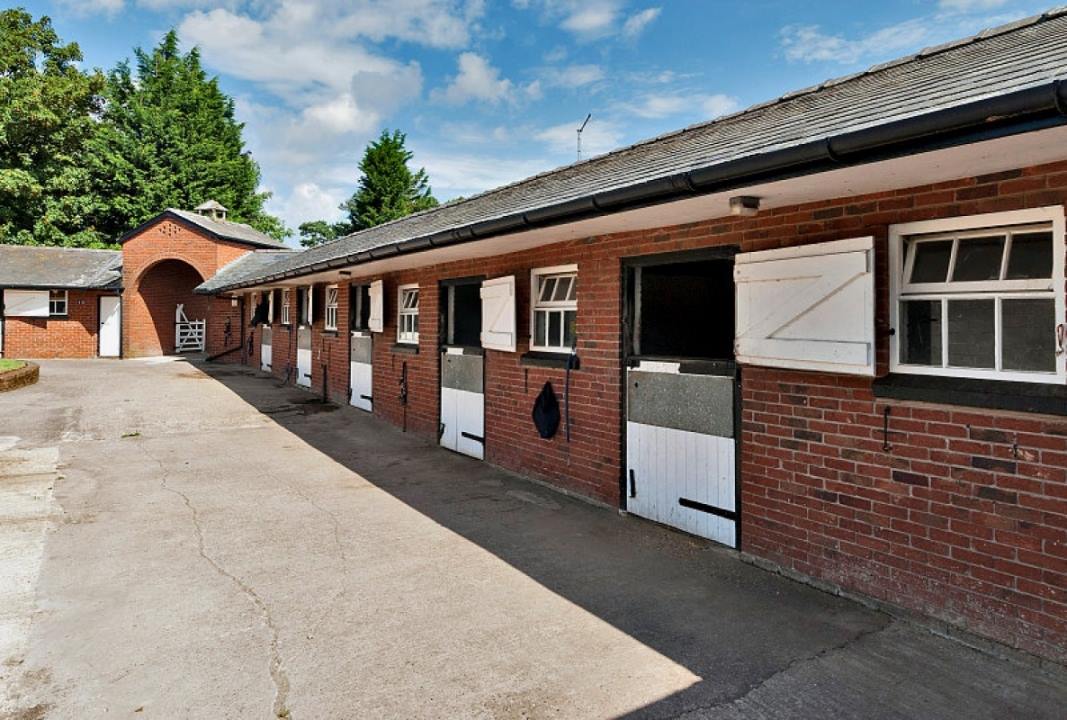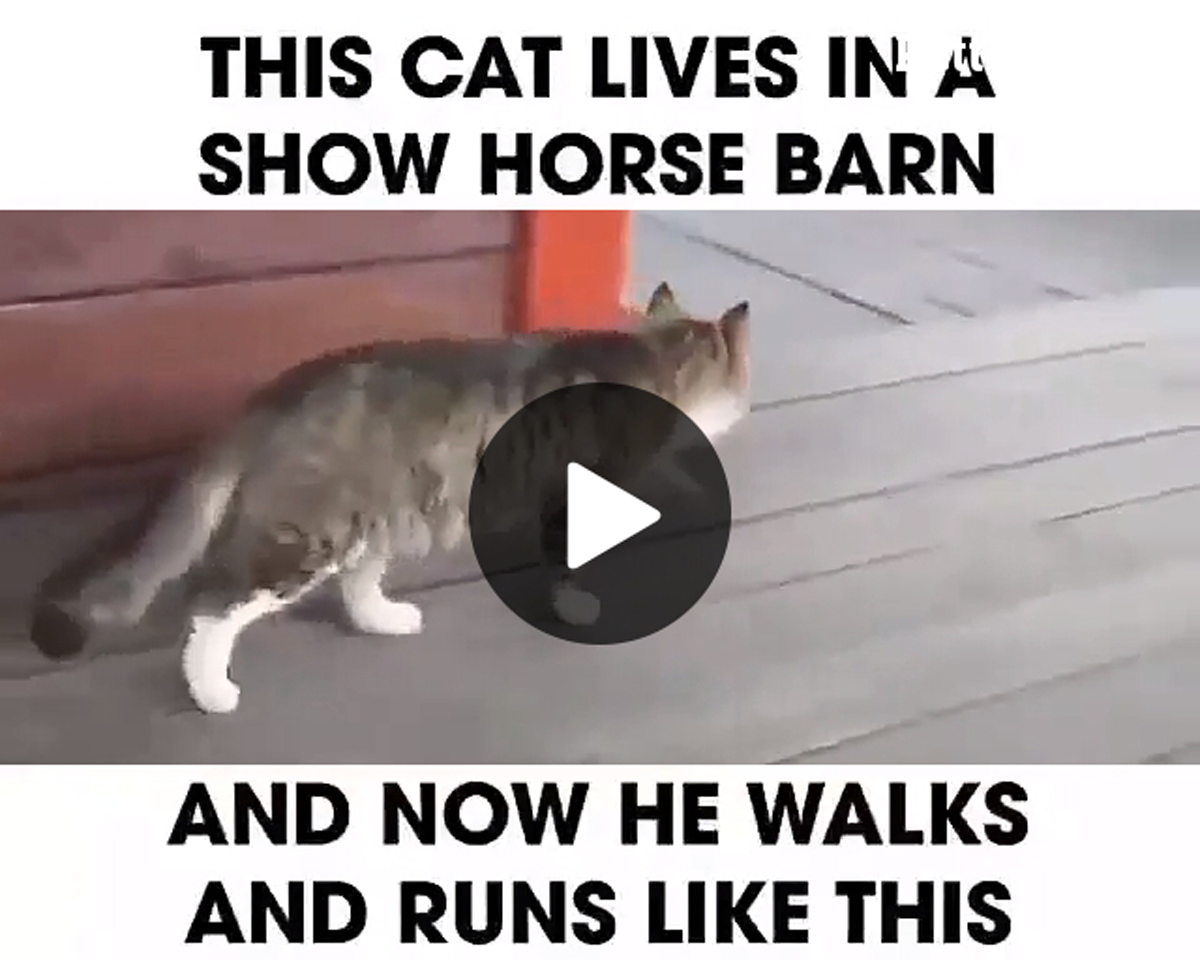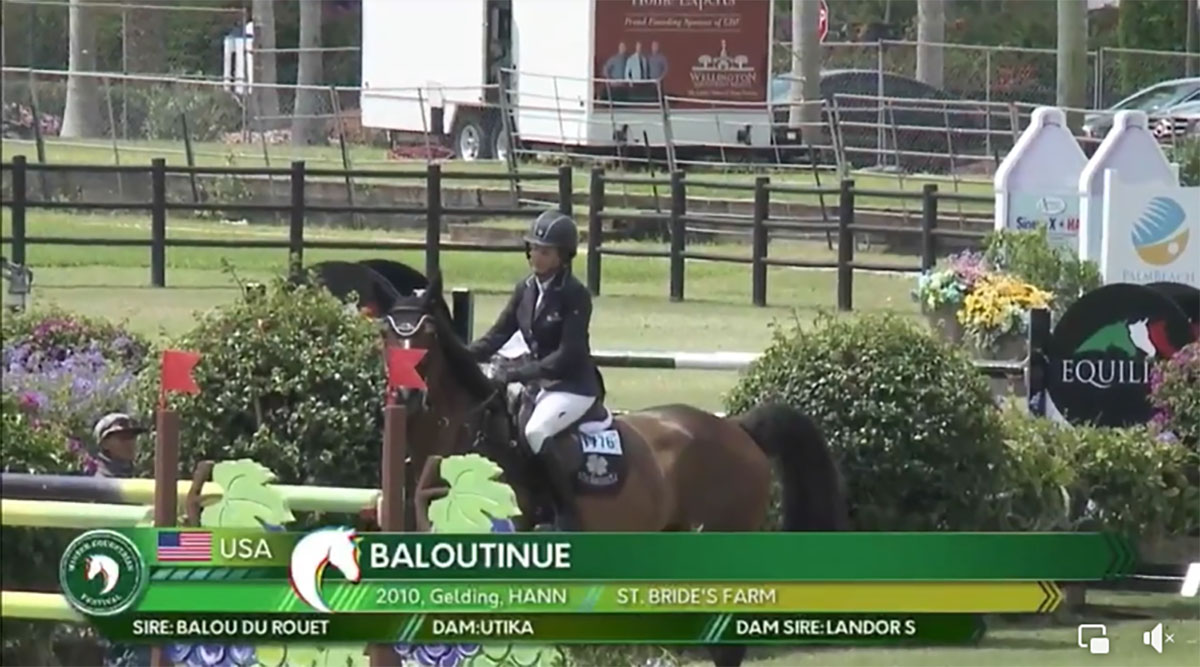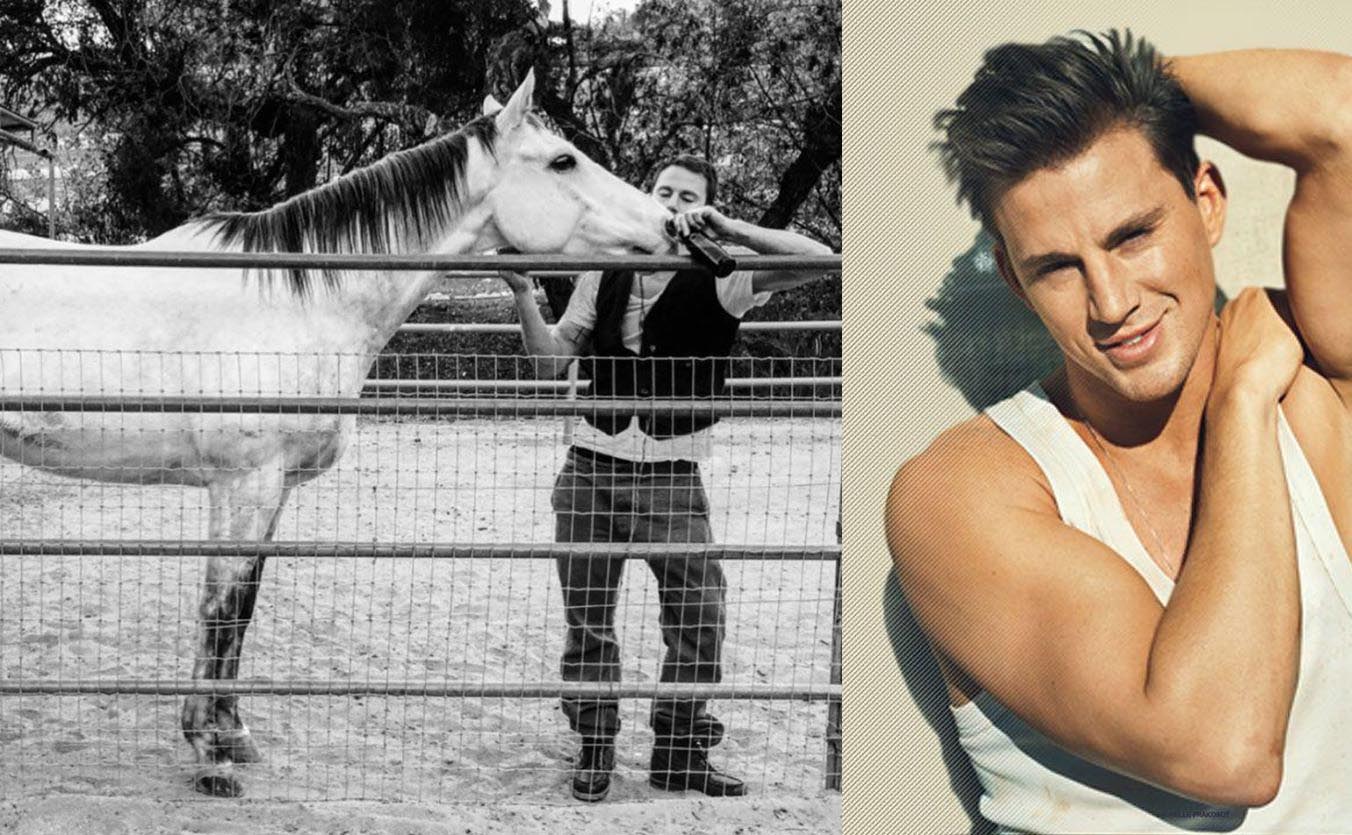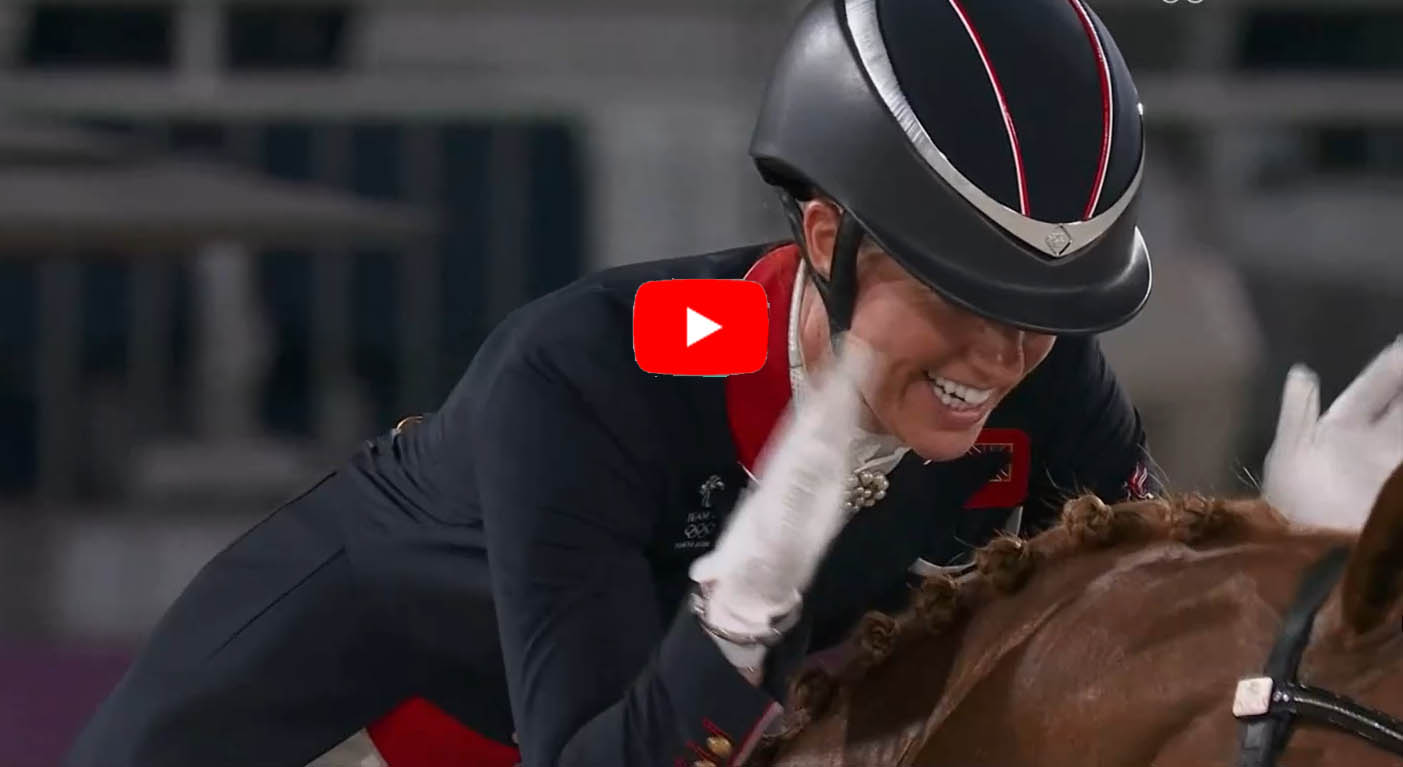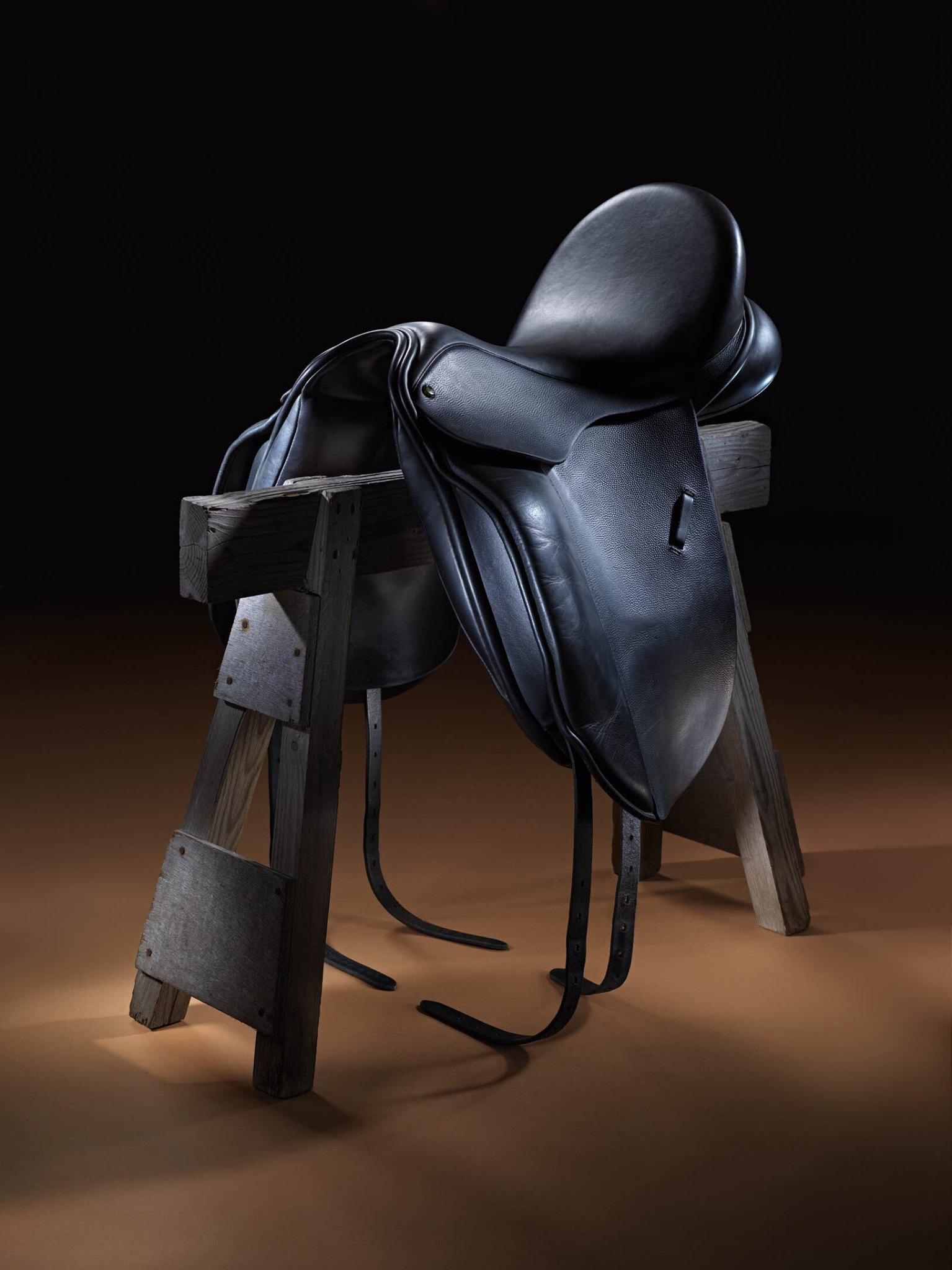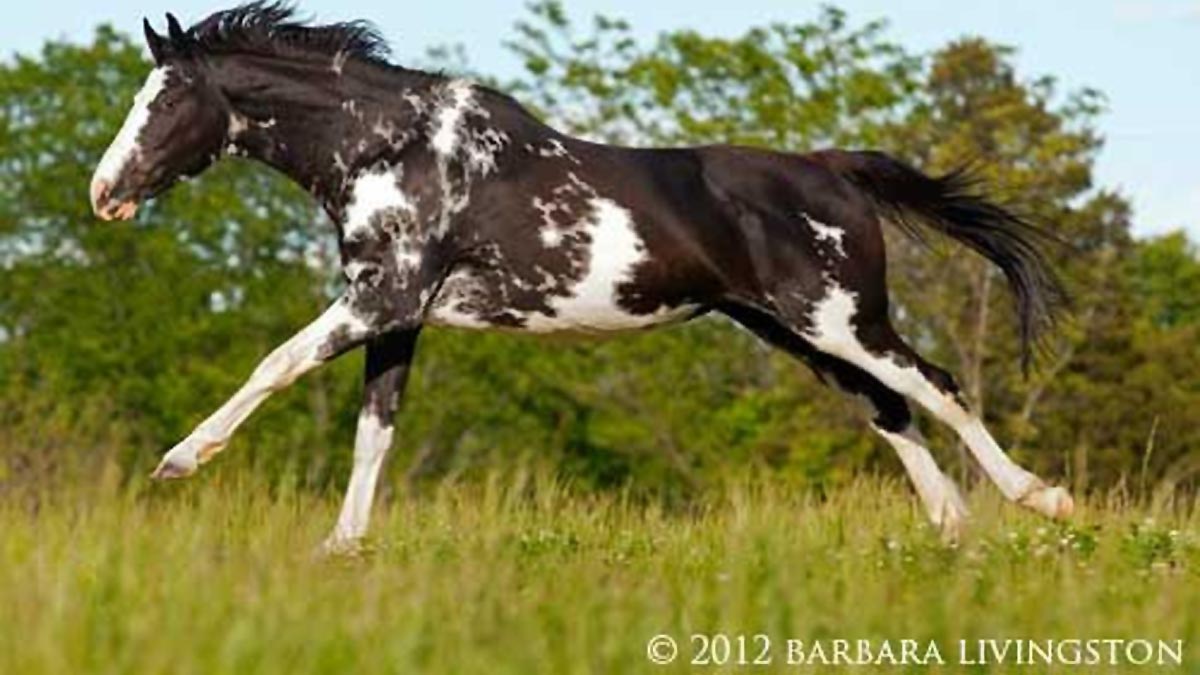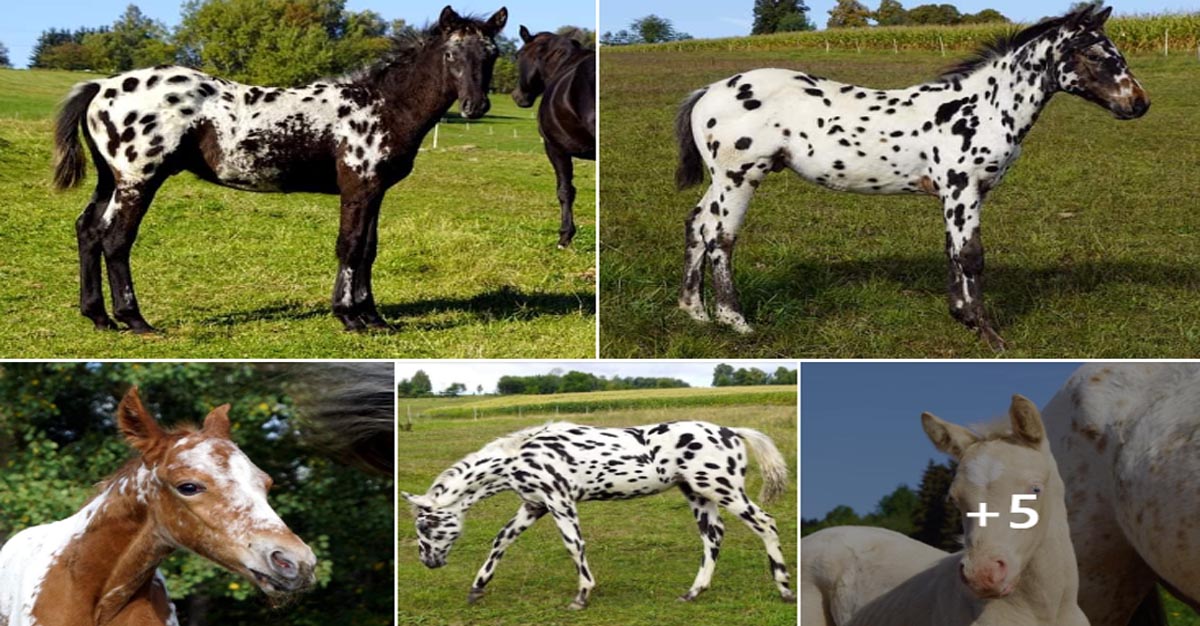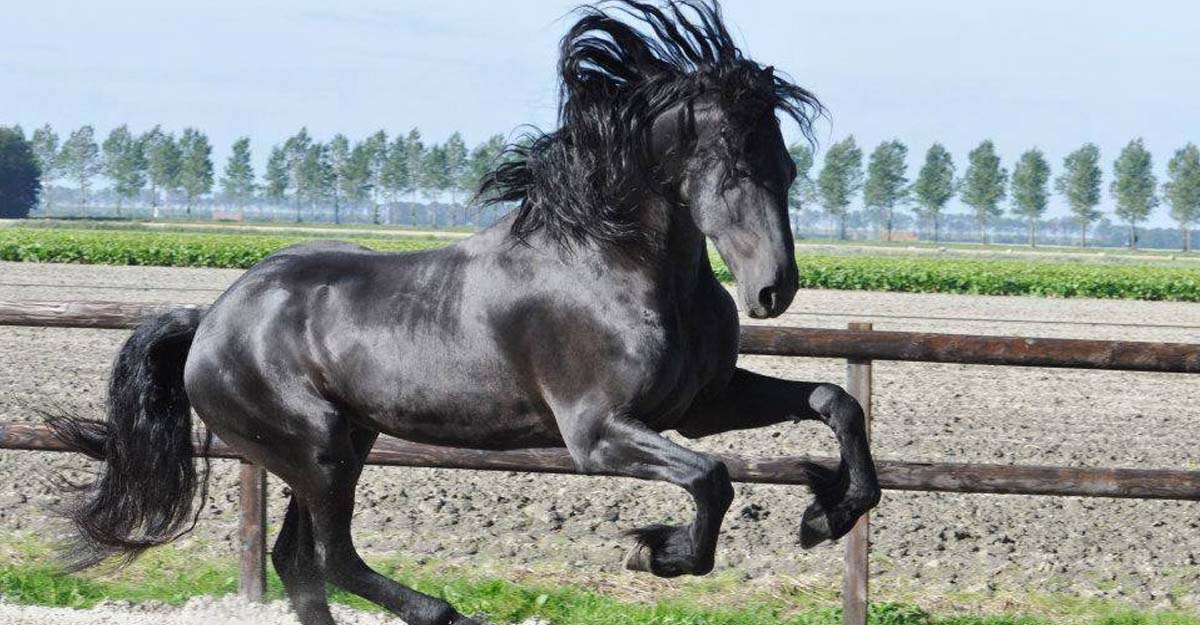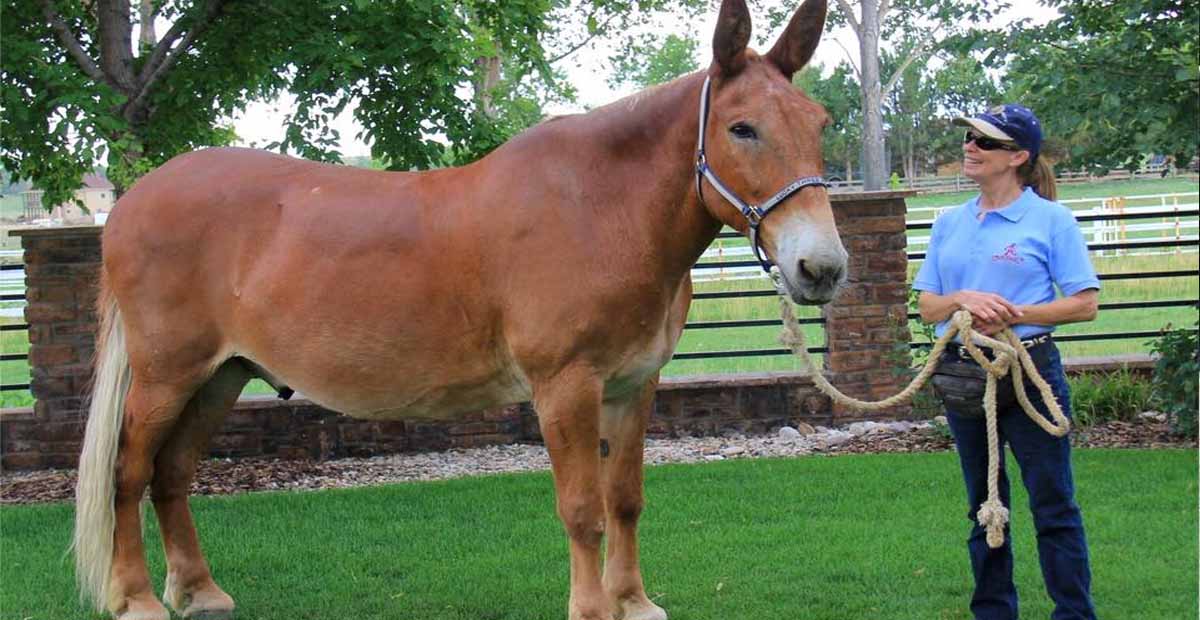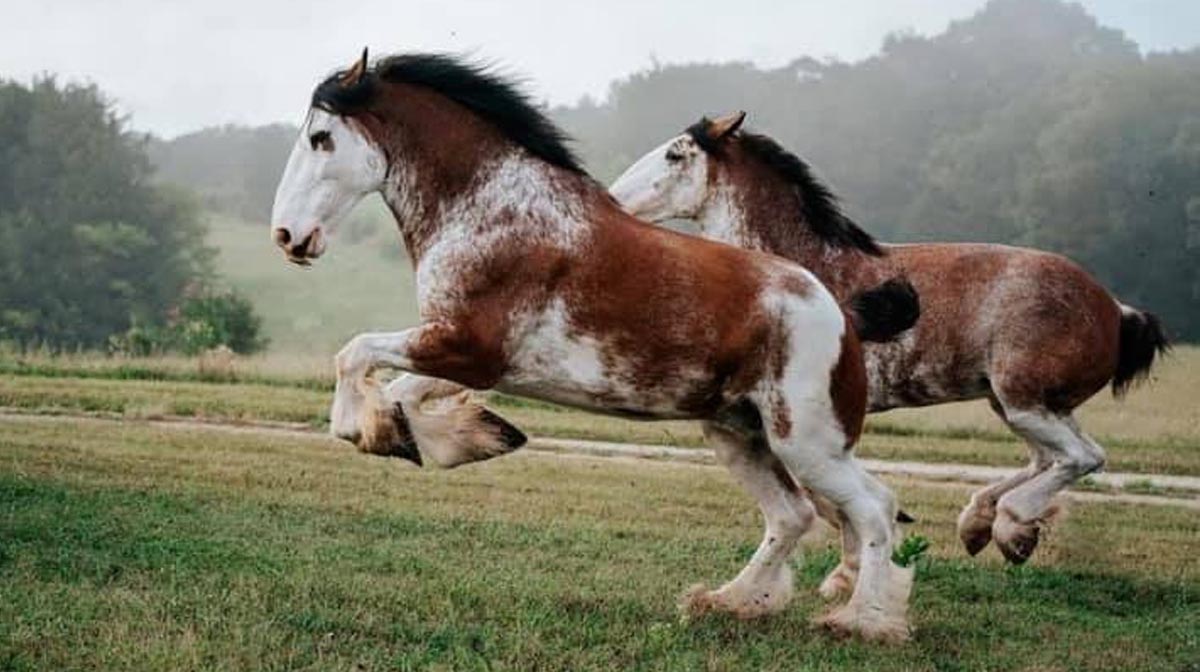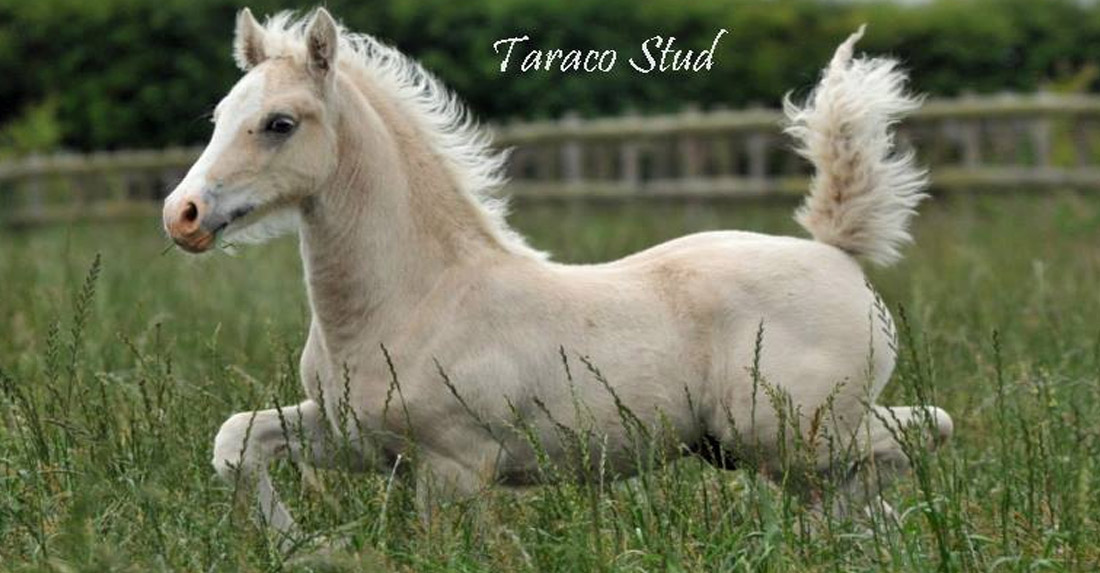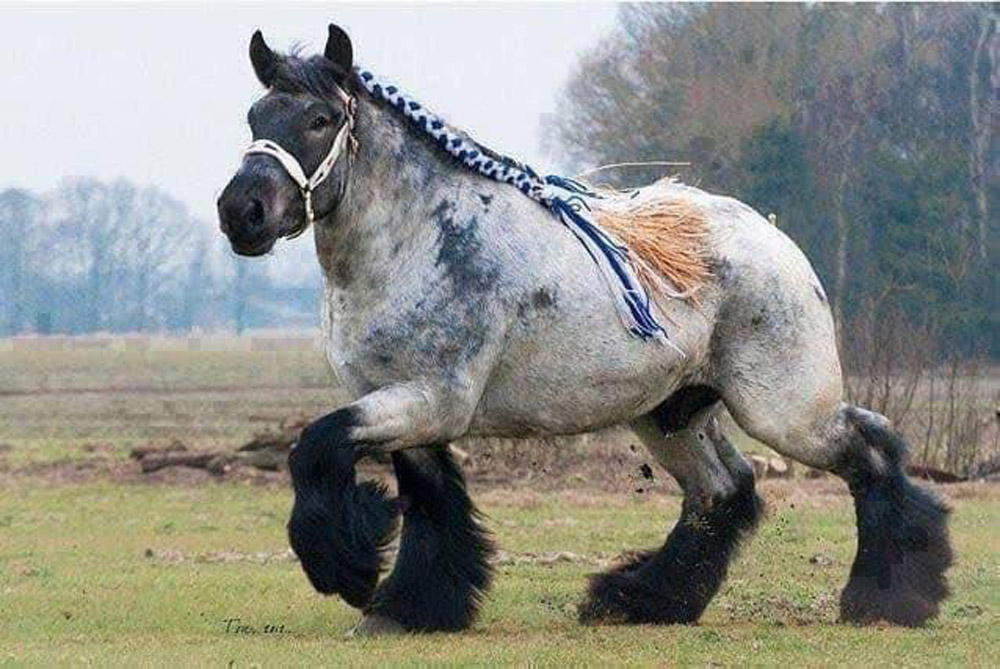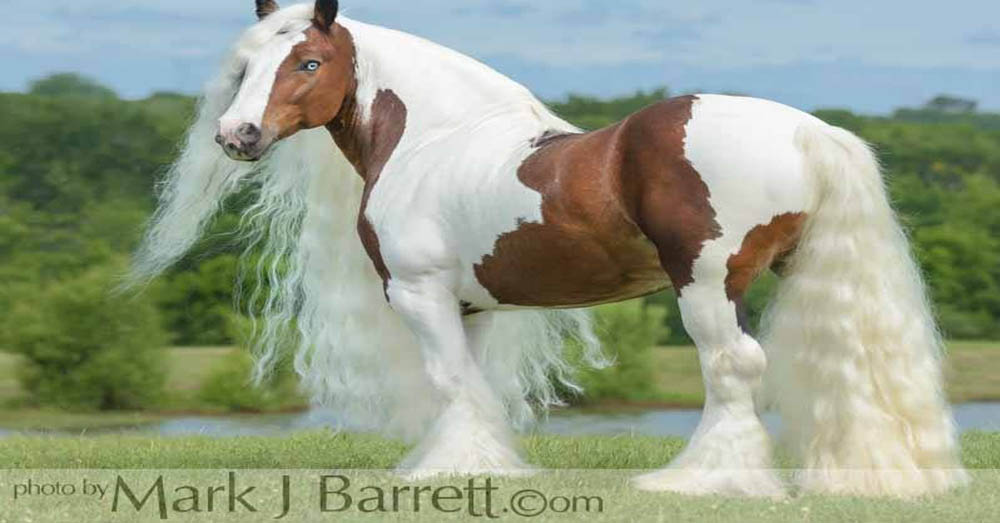Colic In Horses
Horse colic is a term which many horse people are familiar with, but not so many truly understand it. The term `horse colic` is utilized today as a general term to classify an ailment in the abdominal area of the horse which results in pain. In a more clinical setting, horse colic is deemed to be a syndrome caused by several possible diseases, displacement of organs, or segments of the digestive tract and most readily identified by the existence of sub-acute or acute levels of pain.
Horse colic, or equine colic is a common situation to impact the life of any horse owner. Long time horse owners will be familiar with the terms such as sand colic; twisted gut; horse impaction or impacted bowel; horse ulcer; enteritis in horses and other associated terms effecting horse health.
Today many a horse vet will tell us they believe colic to be one of many categories of horse ailments with each of those categories having several sub-categories of ailments. Each category and sub-category carrying with it unique sets of horse colic symptoms.
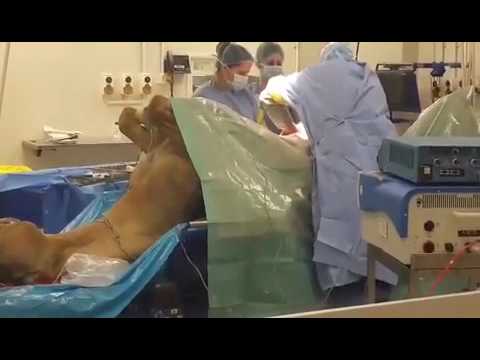 The Etiology of Horse Colic
The Etiology of Horse Colic
The etiology of horse colic is divided into two categories, the first being Acute Colic, and secondly, Subacute Colic.
Acute Colic with severe pain might be caused by several situations including the engorgement with grain resulting in acute gastric dilation. Colic in horses can be caused by the impaction, or blockage, of the ileocecal valve due usually to the feeding of finely-chopped indigestible roughage. Colic in horses can occur as a result of intestinal accidents including torsion, bowel strangulation, intussusception and as well through diaphragmatic hernias . Sand colic is often more accurately stated as enteritis . Colic in horses can also occur when there is a haemorahage into the intestinal wall as occurs in purpura haemorrhagica , and the disease known as anthrax . Finally, acute colic in horses can result when a horse experiences a large sudden build up of abdominal gas as a result of eating lush green grass.
Sub-acute Colic includes the two most common forms of this ailment. Impaction of the cecum or colon can occur when the gut attempts to process and pass undigested fiber. A spasmodic colon can occur due to increased gut motility (increased speed of movement in the bowel) following unusual periods of excitement, unusual levels of exercise, and from long cold drinks of water.
It`s important to note that colic in horses can be chronic and recurring, this can result from a blood supply deficiency caused by a verminous aneurysm ; adhesions or scar tissue caused by the damage left by parasite larvae; an impaction caused by poor teeth; the consumption of indigestible roughage; overfeeding; old age and the resulting debility that comes with age; and irradical feeding patterns where horses are fed large portions infrequently.
The Clinical Findings (Symptoms) of Horse Colic
The clinical signs, or symptoms of colic will often vary in intensity based on the severity of the case. A horse will exhibit a general feeling of restlessness by pawing at the ground, kicking a hind foot up at the belly, looking around at their side, getting up and laying down frequently with the appearance of discomfort. It has been noted than often when horses with colic go to get up from laying down they tend to temporarily assume a sitting position. A horse when standing while experiencing colic may stand with a greater than normal distance between their front and hind feet as they appear to stretch out slightly.
In the early stages of colic pain will be mild and it will come and go in an intermittent pattern. As the case progresses to a sub-acute level, frequencies of pain will increase and as the case turns acute pain will be constant.
In acute cases of horse colic, a horse will be seen sweating profusely on the neck and chest areas. Signs of shock including heavy respiration and a noticeable darkening of the gums to a dark red almost purple color will indicate a deepening level of acuteness. A rapid and small amplitude pulse of 100 beats per minute may occur (it`s important to note that any time a horse`s pulse goes above 60 beats per minute without the justification of exercise then a medical condition is present). At this point a horse will be in such extreme levels of pain it may begin to thrash around placing itself and the people around it in harms way.
Listening to the abdomen of a horse can be helpful. A stethoscope can pick up higher pitched gassy sounding pings when the colic is more flatulent in nature. A spasmodic colic will generate loud gut rumbling noises. An impaction form of colic generally will not produce any abnormal gut sounds. To diagnose a case of colic in horses a rectal exam is necessary. When placing an arm into the rectum of a horse the palpator my sense distention of intestinal loops, this would indicate a flatulent form of colic. A palpable, slack distended loops of the intestine may indicate the presence of a verminous aneurysm. In the case of a spasmodic form of colic, no abnormalities are noted. To detect an impaction of the ileocecal valve, an internal palpation high up in the right flank may reveal a cylindrical mass.
Passage of a stomach tube or nasal tube may result in a horrific smelly greenish fluid coming out of the stomach tube. This is fluid refluxing from the stomach, and would suggest some form of impaction in the bowel.
In very rare cases a horse will projectile vomit. In as much as horses normally cannot vomit, in the case of acute colic, when projectile vomiting occurs there has been an eruption of the distended stomach and in every case, this is a terminal condition.
Treatment of Colic In Horses
In mild cases, simply walking the animal may alleviate the symptoms.
In sub-acute and acute cases a surgical intervention may be required.
A verminous aneurysm does not respond to any form of treatment other than surgery if possible.
Acutely ill horses will require hydration usually in the form of large quantities of alkaline intervenous infusions. In shock cases, dehydration can occur as well as acidosis . Acidosis can enhance cramping or muscle spasms. The use of an alkaline IV solution will help bring balance to blood pH levels. It should also be stated that a drop in blood pH to very acidic levels can result in cardiac dysrhythmia or cardiac arrest in a horse.
A single dose of an analgesic will be required in sub-acute cases and in more critical acute cases a second dose of an analgesic may be required.
In the case of a impacted form of colic, mineral oil pumped into the stomach via a stomach tube will encourage a blockage to pass.
In the case of sand colic, the administration of magnesium sulphate has shown encouraging results.
If the form of colic is spasmodic in nature then the administration of a antispasmodic helps to reduce peristalsis. Peristalsis is the rippling motion of muscles in the digestive tract. In the stomach, this motion mixes food with gastric juices, turning it into a thin liquid.
In some acute cases, the horse may require surgery in hospital or in field. Surgery is expensive, and before any individual makes this decision they should know the risks and the costs, measuring them carefully against the value of the animal. A veterinarian should be able to provide a long term prognosis in the case surgery is required, based on the horse`s level of shock and toxicity.
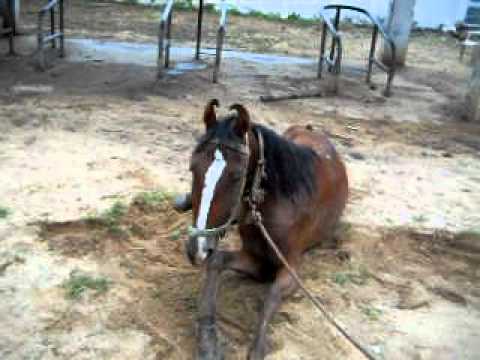
Horse Videos
Horse colic, or equine colic is a common situation to impact the life of any horse owner. Long time horse owners will be familiar with the terms such as sand colic; twisted gut; horse impaction or impacted bowel; horse ulcer; enteritis in horses and other associated terms effecting horse health.
Today many a horse vet will tell us they believe colic to be one of many categories of horse ailments with each of those categories having several sub-categories of ailments. Each category and sub-category carrying with it unique sets of horse colic symptoms.

The etiology of horse colic is divided into two categories, the first being Acute Colic, and secondly, Subacute Colic.
Acute Colic with severe pain might be caused by several situations including the engorgement with grain resulting in acute gastric dilation. Colic in horses can be caused by the impaction, or blockage, of the ileocecal valve due usually to the feeding of finely-chopped indigestible roughage. Colic in horses can occur as a result of intestinal accidents including torsion, bowel strangulation, intussusception and as well through diaphragmatic hernias . Sand colic is often more accurately stated as enteritis . Colic in horses can also occur when there is a haemorahage into the intestinal wall as occurs in purpura haemorrhagica , and the disease known as anthrax . Finally, acute colic in horses can result when a horse experiences a large sudden build up of abdominal gas as a result of eating lush green grass.
Sub-acute Colic includes the two most common forms of this ailment. Impaction of the cecum or colon can occur when the gut attempts to process and pass undigested fiber. A spasmodic colon can occur due to increased gut motility (increased speed of movement in the bowel) following unusual periods of excitement, unusual levels of exercise, and from long cold drinks of water.
It`s important to note that colic in horses can be chronic and recurring, this can result from a blood supply deficiency caused by a verminous aneurysm ; adhesions or scar tissue caused by the damage left by parasite larvae; an impaction caused by poor teeth; the consumption of indigestible roughage; overfeeding; old age and the resulting debility that comes with age; and irradical feeding patterns where horses are fed large portions infrequently.
The Clinical Findings (Symptoms) of Horse Colic
The clinical signs, or symptoms of colic will often vary in intensity based on the severity of the case. A horse will exhibit a general feeling of restlessness by pawing at the ground, kicking a hind foot up at the belly, looking around at their side, getting up and laying down frequently with the appearance of discomfort. It has been noted than often when horses with colic go to get up from laying down they tend to temporarily assume a sitting position. A horse when standing while experiencing colic may stand with a greater than normal distance between their front and hind feet as they appear to stretch out slightly.
In the early stages of colic pain will be mild and it will come and go in an intermittent pattern. As the case progresses to a sub-acute level, frequencies of pain will increase and as the case turns acute pain will be constant.
In acute cases of horse colic, a horse will be seen sweating profusely on the neck and chest areas. Signs of shock including heavy respiration and a noticeable darkening of the gums to a dark red almost purple color will indicate a deepening level of acuteness. A rapid and small amplitude pulse of 100 beats per minute may occur (it`s important to note that any time a horse`s pulse goes above 60 beats per minute without the justification of exercise then a medical condition is present). At this point a horse will be in such extreme levels of pain it may begin to thrash around placing itself and the people around it in harms way.
Listening to the abdomen of a horse can be helpful. A stethoscope can pick up higher pitched gassy sounding pings when the colic is more flatulent in nature. A spasmodic colic will generate loud gut rumbling noises. An impaction form of colic generally will not produce any abnormal gut sounds. To diagnose a case of colic in horses a rectal exam is necessary. When placing an arm into the rectum of a horse the palpator my sense distention of intestinal loops, this would indicate a flatulent form of colic. A palpable, slack distended loops of the intestine may indicate the presence of a verminous aneurysm. In the case of a spasmodic form of colic, no abnormalities are noted. To detect an impaction of the ileocecal valve, an internal palpation high up in the right flank may reveal a cylindrical mass.
Passage of a stomach tube or nasal tube may result in a horrific smelly greenish fluid coming out of the stomach tube. This is fluid refluxing from the stomach, and would suggest some form of impaction in the bowel.
In very rare cases a horse will projectile vomit. In as much as horses normally cannot vomit, in the case of acute colic, when projectile vomiting occurs there has been an eruption of the distended stomach and in every case, this is a terminal condition.
Treatment of Colic In Horses
In mild cases, simply walking the animal may alleviate the symptoms.
In sub-acute and acute cases a surgical intervention may be required.
A verminous aneurysm does not respond to any form of treatment other than surgery if possible.
Acutely ill horses will require hydration usually in the form of large quantities of alkaline intervenous infusions. In shock cases, dehydration can occur as well as acidosis . Acidosis can enhance cramping or muscle spasms. The use of an alkaline IV solution will help bring balance to blood pH levels. It should also be stated that a drop in blood pH to very acidic levels can result in cardiac dysrhythmia or cardiac arrest in a horse.
A single dose of an analgesic will be required in sub-acute cases and in more critical acute cases a second dose of an analgesic may be required.
In the case of a impacted form of colic, mineral oil pumped into the stomach via a stomach tube will encourage a blockage to pass.
In the case of sand colic, the administration of magnesium sulphate has shown encouraging results.
If the form of colic is spasmodic in nature then the administration of a antispasmodic helps to reduce peristalsis. Peristalsis is the rippling motion of muscles in the digestive tract. In the stomach, this motion mixes food with gastric juices, turning it into a thin liquid.
In some acute cases, the horse may require surgery in hospital or in field. Surgery is expensive, and before any individual makes this decision they should know the risks and the costs, measuring them carefully against the value of the animal. A veterinarian should be able to provide a long term prognosis in the case surgery is required, based on the horse`s level of shock and toxicity.

Horse Videos



